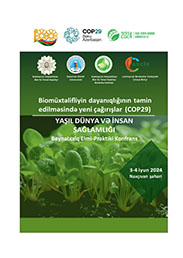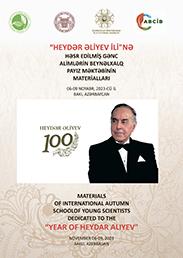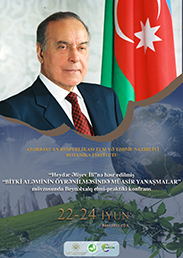| Main scientific achievements | Ethnobotanical studies were carried out in various regions of Azerbaijan (especially in the Nakhchivan Autonomous Republic, the North-Eastern regions of the Lesser Caucasus and in the Southern territories of the Republic).
Useful plants have been classified, as well as a phytocoenological assessment of some rare species and plant populations most frequently used by the population have been carried out. The distribution of widely used 202 species of wild vegetable plants belonging to 145 genera, united in 46 families were revealed in the flora of the Nakhchivan Autonomous Republic. Classification of use of 108 species of the Apiaceae (Umbelliferae) family in the flora of Azerbaijan has been developed. Various options for the use of extracts and the use of essential oils obtained from spicy species were presented, which as the main result of the research can contribute to the expansion of the production of medicinal plants. So, on the basis of the above, proposals were prepared and presented to the High Technology Park of ANAS.
The prevalence and frequency of use of useful plants were studied and their using as a raw material base was recommended (for example, Daucus carota 2.3-8.1 ind./m2; aboveground part 75-402.7 kg/ha; underground - 17.3 -62, 4 kg/ha; populations D = 0.08-0.28; w=0.21-0.64; stocks of the aboveground part per hectare - 402.7 kg).
36 essays were written for the 2nd edition of the Red Book of Azerbaijan. One of the main results was the identification of a sharp decline in the number used for food geophytes in natural populations, which were assessed in accordance with the International Red List (for example, Allium acacia EN/B1ad(ii);C1, A.woronovii NT and Eremurus spectabilis CR/B1ab(v);B2ab(iv), the inclusion of 28 species in the 3rd edition of the Red Book of Azerbaijan was approved).
For the first time, new range of Viscum album L. species was discovered, new species Thymus hyemalis Lange and Helosciadium nodiflorum (L.) W.D.J. Koch. for Azerbaijan and the Caucasus were revealed in the flora of the Nakhchivan Autonomous Republic.
Data on the use of plants in the course of ethnobotanical surveys were collected and made assessment for 11 parameters by new methods. A new inventory program includes information about each plant in all parameters (in Excel format) has been developed.
For the first time, medicinal plant species were studied by ethnobotanical methods in the flora of Azerbaijan. 43 species are used in the treatment of cardiovascular diseases, liver and biliary tract diseases, 25 species in skin diseases, as well as their bioecological characteristics and methods of application, including the use of more than 300 plants for various diseases were revealed.
For the first time, an immunosuppressive herbal tea from the aerial parts of echinacea, sage, licorice root, rose hips, ginger root, rosemary and chicory root in a 1:1 ratio was made in the chemical and pharmaceutical industry. Also received a Eurasian patent for their production in forms of tablets, capsules, tea bags and syrup with added sugar in a 1: 2 ratio.
During the pandemic, the most frequent use of the ratio of immunomodulatory Allium sp. and Thymus sp. (0.90-0.88) was revealed due to the immunomodulatory properties of the flora of Azerbaijan, the frequency of using plants (Ui) and İQ (assessment of use) in the total amount of data estimated by new methods (Ni). After them - Salvia limbata (0.81), Altheae officinalis (0.80), Glycyrrhiza glabra (0,78), Mathricaria sp. (0.77), Mentha sp. (0,6), Humulus lupulus (0,74), Daucus carota, Urtica dioica и Asparagus officinalis (0.10), the lowest IQ values were found for Sambucus nigra (0.15), Helichrysum plicatum (0.15), Rumex sp. (0.18), Capsella burssa pastoris (0.21) and Sitrus (0.27).
The collected materials were compared with the data of scientific medicine; more than 150 recipes for medicinal plants were prepared. 150 scientific papers, 59 of which were in IF journals, and 11 books, 3 of which were published in Springer during the functioning of the laboratory. |




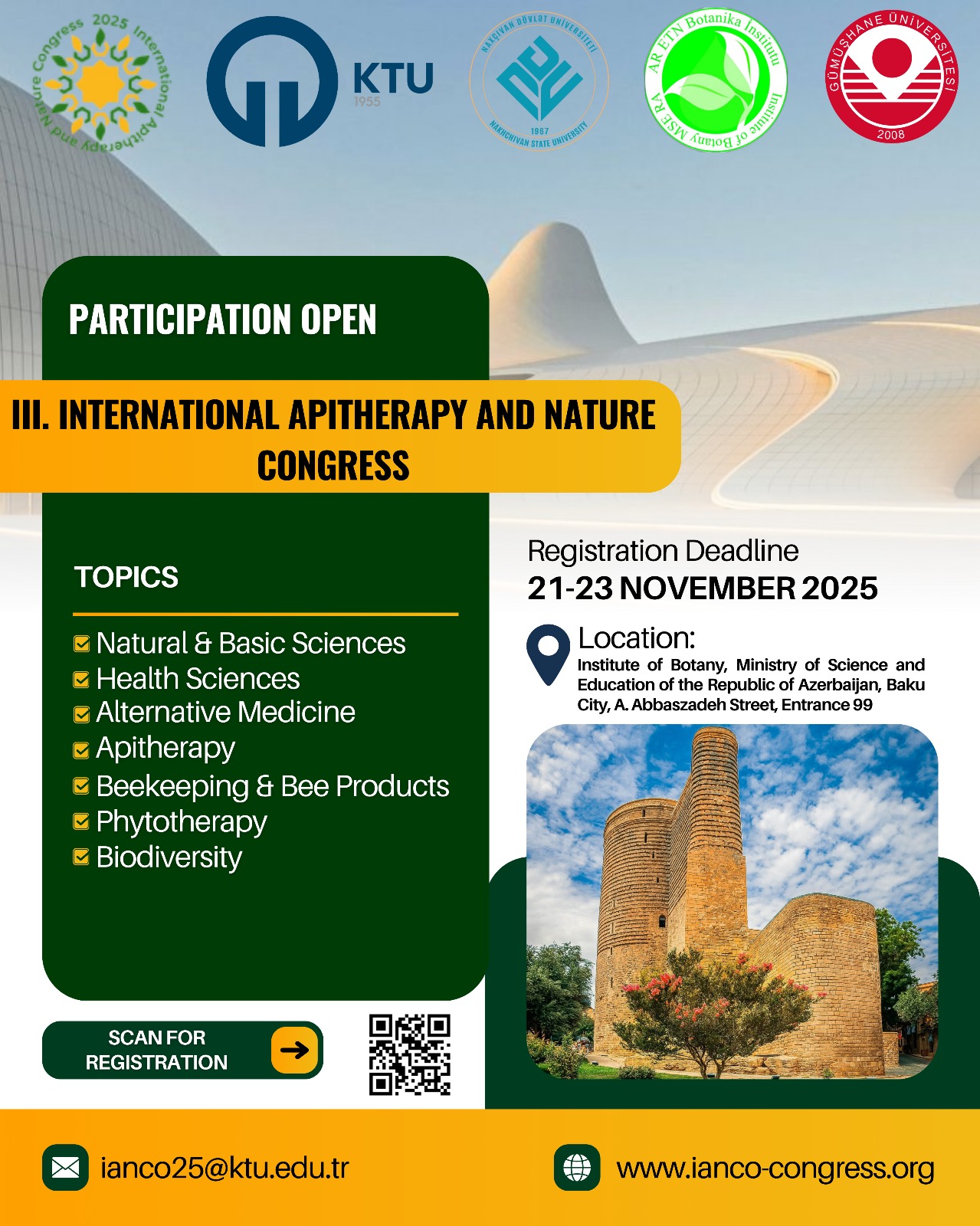
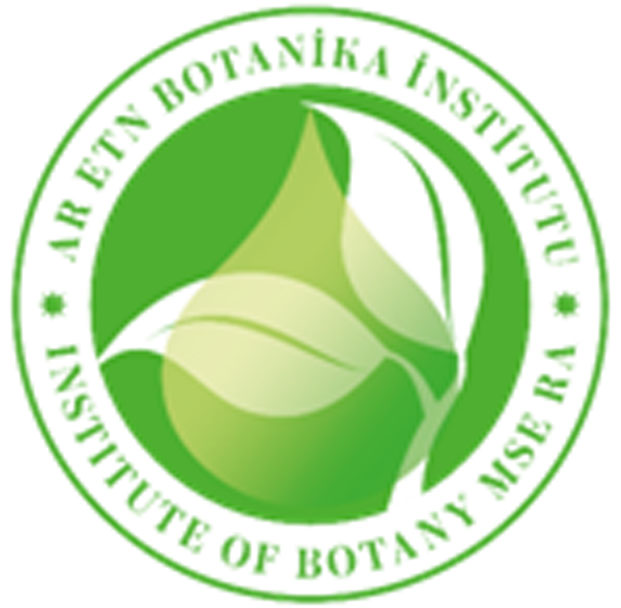
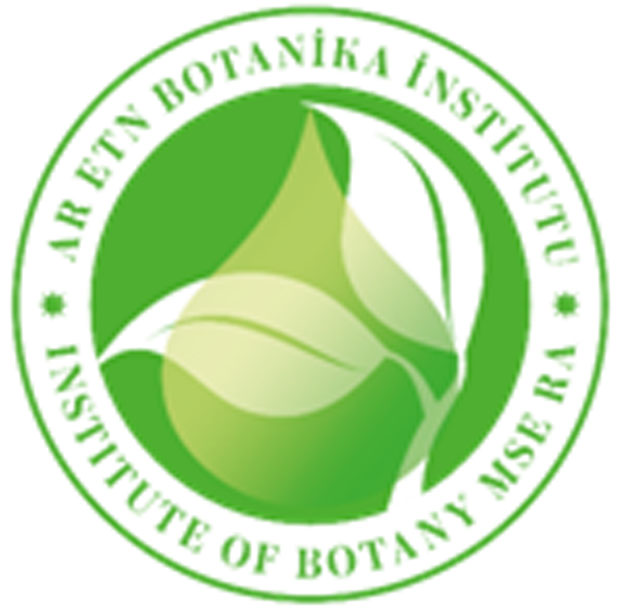
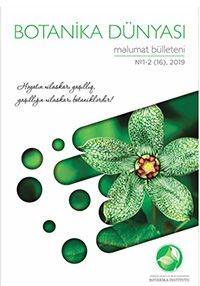
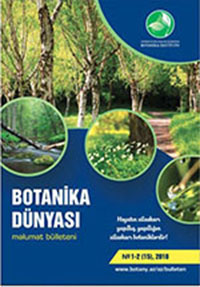
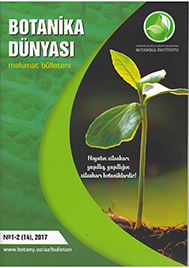
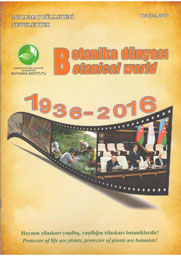
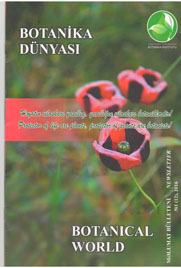


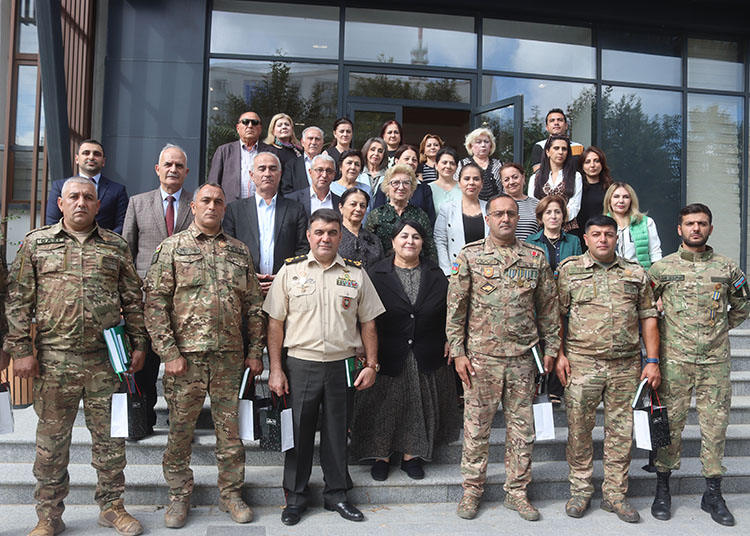


1730190904.jpg)
